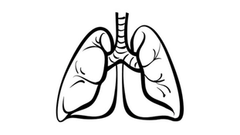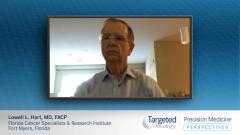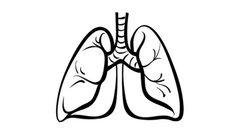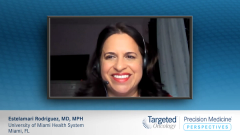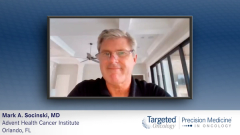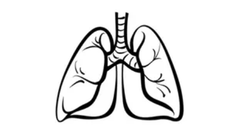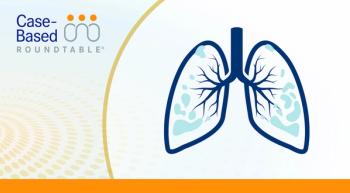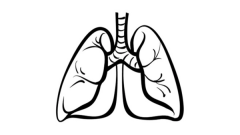
EP. 4A: The Role of Trilaciclib in the Management of Chemotherapy-Induced Myelosuppression in SCLC
In the second interview of the series, Dr. Lowell L. Hart of Florida Cancer Specialists & Research Institute considers the impact of chemotherapy-induced myelosuppression in small cell lung cancer and examines how trilaciclib fits into the current treatment landscape.
Episodes in this series

One of the things we're finding is that severe hematologic toxicity in the treatment of [patients with] small cell [lung cancer] is much more common than most practitioners realize, and I can put myself in that same category when we started looking at it more concretely. Small cell [lung] cancer is [certainly] one of those cancers where chemotherapy is still the mainstay of treatment. As everyone knows now, immunotherapy is coming into the fore, and other new agents are [as well], but still for frontline treatment and for second-line treatment, we're using a lot of chemotherapy, which is significantly myelosuppressive. It leads to a lot of hematologic difficulties [that require] dose delays, transfusions, [and] that sort of thing. For many years, we've used growth factor support with agents such as filgrastim, pegfilgrastim, and all the newer versions of these things to support the neutrophil lineage.
Many patients with small cell lung cancer—since it's one of the most aggressive human tumors—will present with extensive stage disease beyond just the thorax. Those are the patients who we're treating now with first-line carboplatin/etoposide and the checkpoint inhibitor. With those patients, as I mentioned before, it's important to try and get the full doses of chemotherapy in so they can get their benefit. I have now started using trilaciclib with those patients, and I find there are several advantages to doing that. One, you may be able to avoid the use of other growth factors, which have their own [adverse] effects, such as bone aches and pain, which are common in patients receiving pegfilgrastim.
You also save the patient from having to come back to the clinic or office on an extra day. Obviously, this is a three-day treatment anyway. Many practices, including both my academic practice and my private practice, are trying to go to more biosimilar forms of pegfilgrastim, which do not come with on-body formulations, so the patient would have to return to the clinic with some expense and time taken coming back for an extra day in that. You avoid needing to do that.
You also have the potential [to] support the platelet lineage, avoid anemia, and possibly [prevent] the need for transfusions with all of that. [Regarding] possible delays, expense, and exposure to blood clots, I think there [are] a lot of potential advantages to using something that's going to give you trilineage support rather than simply thinking about giving someone an injection to try and support their neutrophils.
It's not going to change the long-term disease control rate with the cancer, but it's [potentially] going to make it easier to get full doses of treatment, which gives you at least a theoretical advantage in controlling the cancer. It's going to improve the patient's quality of life, and we found very, very few [adverse] effects from giving [intravenous] trilaciclib. Once in a while, somebody could have a slight local reaction at the site of the infusion, but [that is] fairly minimal.



